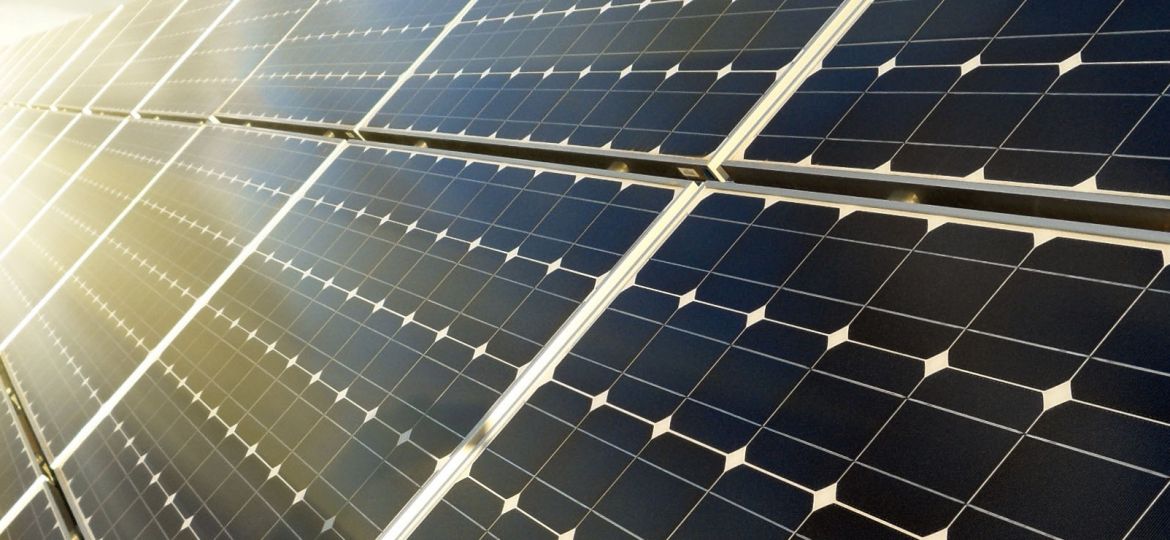
WHY THIS MATTERS IN BRIEF
A new nano material that can selectively tune out specific parts of the electromagnetic spectrum paves the way for cheaper solar power, stealthier fighter aircraft and more energy efficient buildings.
A new flexible nano super material that’s been developed by a team at the University of California (UC) is laying claims to be the first ever material that can selectively tune out various parts of the electromagnetic spectrum while letting others to pass through, such as the ability to create window coatings that tune out infra red while still letting through visible light – letting light in, but keeping heat out.
But that’s not all, by a long shot. The new material has other, perhaps more significant applications as well such as being able to boost the efficiency of solar cells, whose current efficiency levels mean that solar is already the cheapest form of energy in over 58 countries, stop electronic eavesdropping by blocking certain electromagnetic signals, and improve the stealth capabilities of military aircraft, ships and vehicles. To name but a few.
While there are a number of materials that can almost perfectly absorb various frequencies of light, such as Harvard’s vanadium dioxide material, their cost and bulk often limits their commercial applications and they only block out a small range of electromagnetic frequencies which further restricts their wider adoption.
The new material developed by the team at UC is thin, flexible and transparent and can absorb light at any angle and it’s a near perfect broadband absorber – soaking up more than 87 percent of light at near infrared frequencies and over 98 percent of the light that’s used in fiber optic communication.
“This material offers broadband, yet selective absorption that could be tuned to distinct parts of the electromagnetic spectrum,” says Professor Zhaowei Liu at the UC Jacobs School of Engineering.
The material was created by depositing arrays of nanotubes made from alternating layers of zinc oxide and aluminum-doped zinc oxide some 1,730 nanometers tall and around 650 to 770 nanometers in diameter. Initially laid on a solid silicon substrate, the nanotubes were then transferred to a thin, transparent elastic polymer to create the final version of the material, giving it it’s flexibility.
The gallery was not found!
Each of the nanotubes acts as a semiconductor, with varying degrees of doping – the introduction of impurities into a semiconductor to alter its electrical properties – that help modify and control the materials flow of free electrons.
In this case, the combination of zinc oxide, which has a medium quantity of free electrons, with aluminum-doped zinc oxide, which possesses a large quantity of free electrons, gives the material sufficient movement of free electrons to generate a surface plasmon resonance – this is the resonant oscillation of free electrons occurring on the surface of metal nanoparticles in response to certain wavelengths of light – that are sufficient enough to block particular frequencies of light.
Altering the proportions of free electrons by changing the physical and chemical properties of the nanotubes is what gives the material its ability to be tuned – to either let light through, or block it.
“Make the number of electrons lower, and we can push the plasmon resonance to the infrared,” says Professor Donald Sirbuly, also from UC Jacobs School of Engineering, “make the number higher, with more electrons, and we can push the plasmon resonance to the ultraviolet region.”
“There are different parameters that we can alter in this design to tailor the material’s absorption band: the gap size between tubes, the ratio of the materials, the types of materials, and the electron carrier concentration. Our simulations show that this is possible,” says Conor Riley, a recent UC nanoengineering Ph.D. graduate.
If these properties are realised in a full scale prototype then the material could also help focus specific wavelengths of light onto solar cells to provide better photon absorption, while blocking the effects of potentially destructive infra-red heat.
The researchers believe that their arrays of nanotubes may also be transferable to many different surfaces, and could potentially be applied to large surface areas, such as windows, to act as broadband absorption devices. It’s early days, but the team is hopeful.
“Nanomaterials normally aren’t fabricated at scales larger than a couple centimeters, so this would be a big step in that direction,” says Sirbuly.
Although the material is still very much at the working prototype stage, the researchers intend to further their research by analysing the effects of different materials, physical arrangements, and semiconductor properties in an attempt to create materials that absorb light at different wavelengths for use in a variety of applications.
















